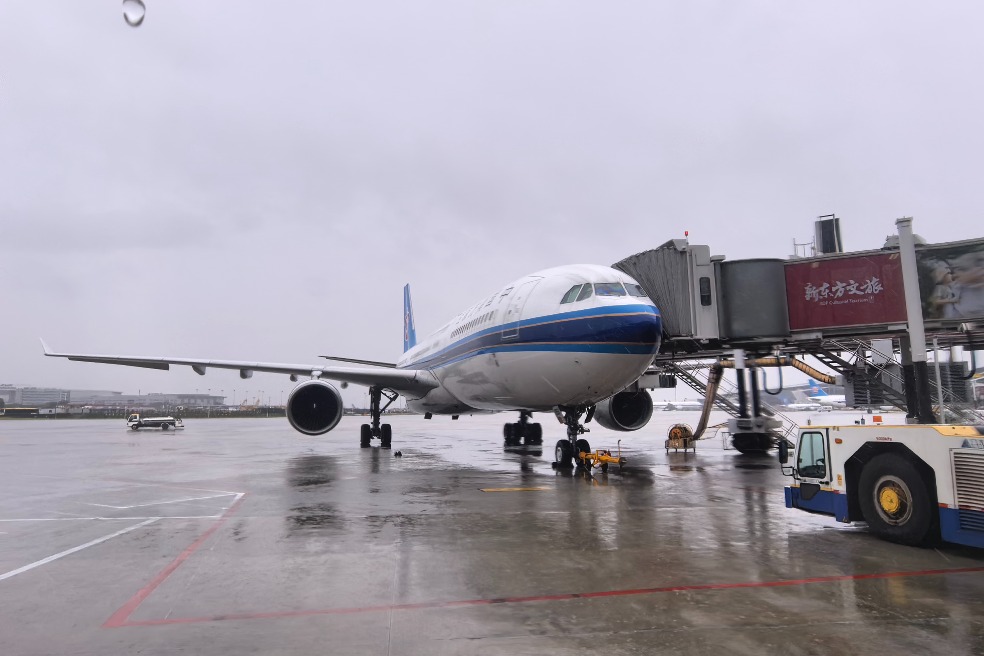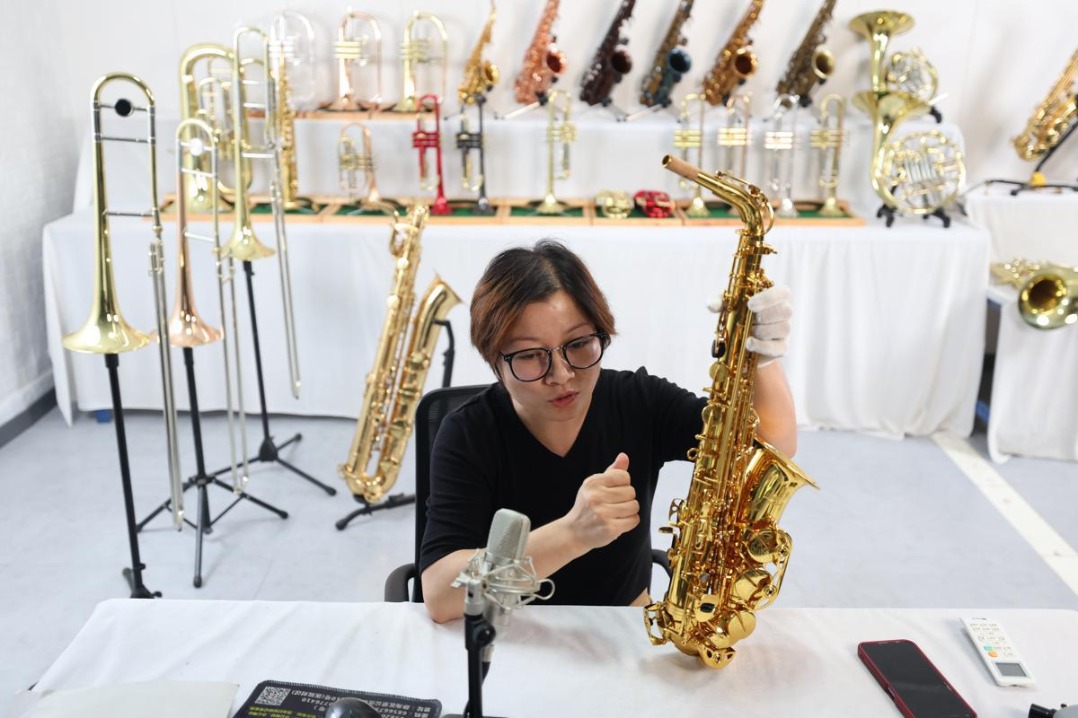Aid program advances Xizang's development
Focus on 'smart healthcare' and 'smart education'


The latest Aid-Xizang program has deployed more than 2,100 cadres and professionals to the Xizang autonomous region since 2022, contributing to economic development, public services, and infrastructure improvement across the high-altitude plateau, according to the region's organization department.
The latest 10th batch of participants came from 17 provinces and municipalities, 78 central and state organs, as well as 27 centrally administered financial institutions and major state-owned enterprises, according to the department.
Song Liqiang, deputy head of the regional organization department and leader of the 10th group sent to aid Xizang, said the program has significantly advanced the region's development.
"By firmly focusing on high-quality development, we have worked to establish Xizang as a pilot zone for high-altitude economic growth," Song said.
Over the past three years, 3,200 projects have been launched with a total investment of 14.28 billion yuan ($2 billion), building internal momentum for the region's development, he said.
"They have fully leveraged the advantages of Aid-Xizang personnel, extensively and comprehensively conducting investment attraction and talent introduction through various channels," said Song, adding that the initiative has attracted 62.7 billion yuan in external investment and created nearly 19,600 local jobs since 2022.
The projects span a wide range of sectors, including healthcare, education, employment and infrastructure.
More than 1,400 livelihood-focused projects have been implemented, with 11.6 billion yuan dedicated to improving people's wellbeing. Over 250 job fairs have been held, helping some 12,000 residents find work or start businesses outside the region.
Healthcare has been a particular focus. Medical teams sent to Xizang under the "group style" assistance model have helped transform healthcare access and outcomes across the region.
According to authorities, over 400 major diseases can now be treated within the region, while more than 2,000 moderate conditions are handled at the prefectural or county-level hospitals, eliminating the need for long-distance travel for many patients. Common ailments can now be effectively managed within county borders.
Song said that vigorous efforts have been made to promote "smart healthcare" and "smart education" in the region, addressing the issue of medical and nursing staff at aided hospitals lacking professional qualifications.
Emphasis is placed on improving the teaching quality, resulting in the improvement of educational quality and teaching standards of aided schools. People of all ethnic groups in Xizang can now enjoy high-quality medical and educational services right at their doorstep, he said.
The development of "smart healthcare" systems is also gathering pace. In Ngari prefecture, a remote region in western Xizang, the local people's hospital has implemented an artificial intelligence-powered remote consultation platform. The system allows real time collaboration between local doctors and top experts in major cities.
Zhang Xiaogang, a cadre from Shaanxi province serving as the deputy secretary at the Ngari Prefecture People's Hospital, still remembers the scene of a complex coronary angiography procedure conducted at the hospital on April 15. It was performed with the remote guidance of physicians from the First Affiliated Hospital of Xi'an Jiaotong University.
The surgery was broadcast in high definition, allowing Xi'an-based specialists to guide each step live, ensuring precision and safety.
"To date, five such surgeries have been successfully completed with the support of the AI platform," Zhang was quoted as saying by Xizang Daily.
In the past, patients from Baga township had to travel more than three hours to reach the hospital. Now, they can consult specialists remotely in real time, according to an official who declined to be named at the center, revealing the profound changes brought about by the sinking of medical resources.
Education reform is another key pillar of the Aid-Xizang effort. With "smart education" initiatives and targeted teacher support, the quality of teaching has markedly improved across aided schools.
Huang Xin, a history teacher from Beijing's Attached Middle School to the Central Academy of Art & Design, began a two-year placement at Lhasa-Beijing Experimental Middle School in August 2023.
"I hope to share modern teaching methods and concepts from Beijing and help students here learn history more effectively," Huang said.
Students have welcomed the changes.
"We enjoy the abundant teaching resources provided by the school, and we are very pleased with the excellent learning environment here," said Sonam Yangzom, a senior high school student.
"Thanks to the educational aid project, we're able to learn from some of the best teachers from Beijing, who bring innovative and engaging teaching styles."
Contact the writers at palden_nyima@chinadaily.com.cn






































